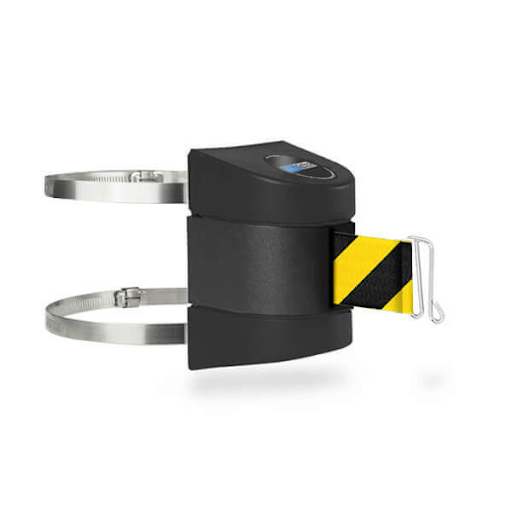Every sector is experiencing its own challenges and victories. The media industry is no exception either. As a broadcaster or content creator, you would relate to the issues of fragmented audiences, platform saturation, and the constant pressure to deliver innovative content.
This reality forces broadcasters and content creators to confront a critical question. And it is- in today’s on-demand streaming era, does linear TV still matter? In simple terms, the answer is linear TV still dominates where it matters most. For example, cultural moments (such as sports and news) that demand real-time viewing. You can’t ‘pause’ a championship goal or reschedule breaking news—and that’s why broadcasters still hold the keys to unrivaled audience engagement.
Let’s get the show on the road and find a better, in-depth answer to this question!
Is Linear TV Still Relevant?
The global OTT video market size is predicted to surpass US $476 billion by 2027. According to a report, the number of homes subscribed to cable TV services faced a huge decline in the past few years.
It’s true that OTT is a big hit in today’s date. But this doesn’t mean linear TV is becoming obsolete. It still dominates in areas where its strengths are unmatched. Consider two realities of modern viewership: the busy professional who keeps TV as background comfort and the devoted fan who plans their week around must-see live events. This duality proves linear TV’s enduring relevance- it’s not about competing with on-demand streaming but complementing it.
While OTT excels at personalized binge-watching, linear owns the cultural moments that demand real-time, collective viewing. Think of live events like sports broadcasts, award shows, and reality competition programs, which command over 90% of their viewership through traditional television.

Benefits of Linear TV
For broadcasters and content creators, the decision to launch a linear channel shouldn’t hinge on its advantages alone – but rather on whether your content fits the format and reaches your audience effectively. Here are the benefits of linear broadcasting:
Scheduled Programs: With linear broadcasting, you can air scheduled programs at a specific time that the majority of the household will enjoy, who like a more organized viewing experience.
Live News & Sports: Linear TV is the perfect home for live events like breaking news, sports games, and special broadcasts. People enjoy the show in real time with no delays and no spoilers.
Non-algorithmic: One of the greatest advantages of linear TV is that it offers simple, easily navigable, and non-algorithmic menus where the audience switches to their favorite show at a particular time.
OTT Linear Broadcasting: With OTT linear broadcasting, you can reach a broader audience and provide an engaging experience for a diverse demographic.
Content that’s either urgent, habitual, or ambient is linear TV’s sweet spot and can’t be replicated by on-demand platforms. So, if you’re thinking of starting your own linear TV channel, the benefits are absolutely visible, and you must consider creating one.
Conclusion: How to Create Linear Channels?
The media landscape isn’t about choosing between linear TV or streaming—it’s about leveraging each platform’s unique strengths. While OTT dominates personalized viewing, linear TV remains the undisputed champion for live, shared experiences—from breaking news to championship games that unite millions in real time. Its power lies in cultural moments you can’t pause, daily rituals that anchor routines, and background comfort that doesn’t demand decision fatigue. Whether you’re airing live sports, 24/7 music, or curated shows, linear TV offers a trusted space for audiences who value simplicity and immediacy.
Ready to launch your show? Platforms like Fluger.tv make it easier than ever to launch and manage linear channels, blending the reach of digital with the impact of scheduled programming. Launch it with Fluger.tv and get all the tools you need in one unified platform for creating, managing, and scheduling your program seamlessly.












